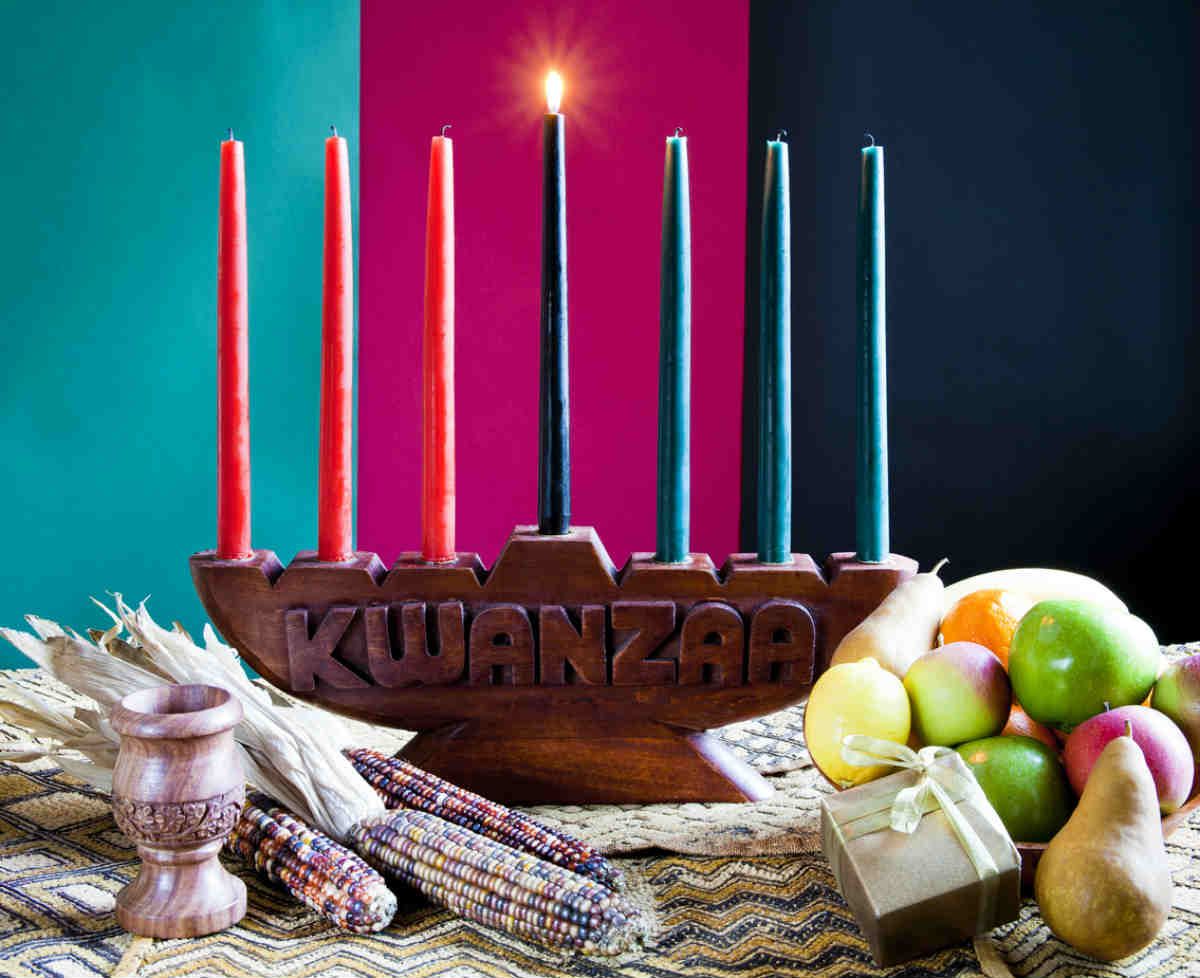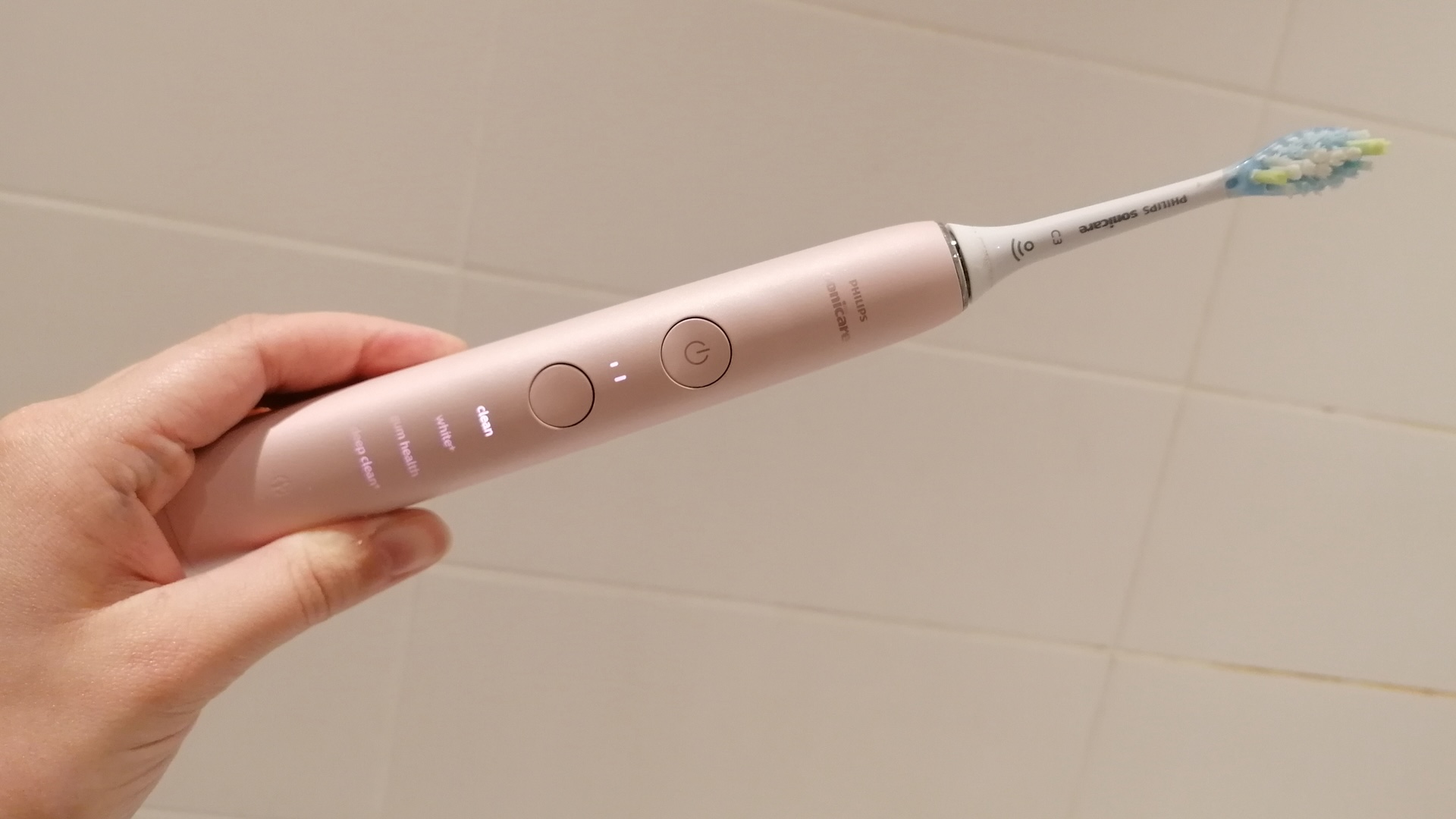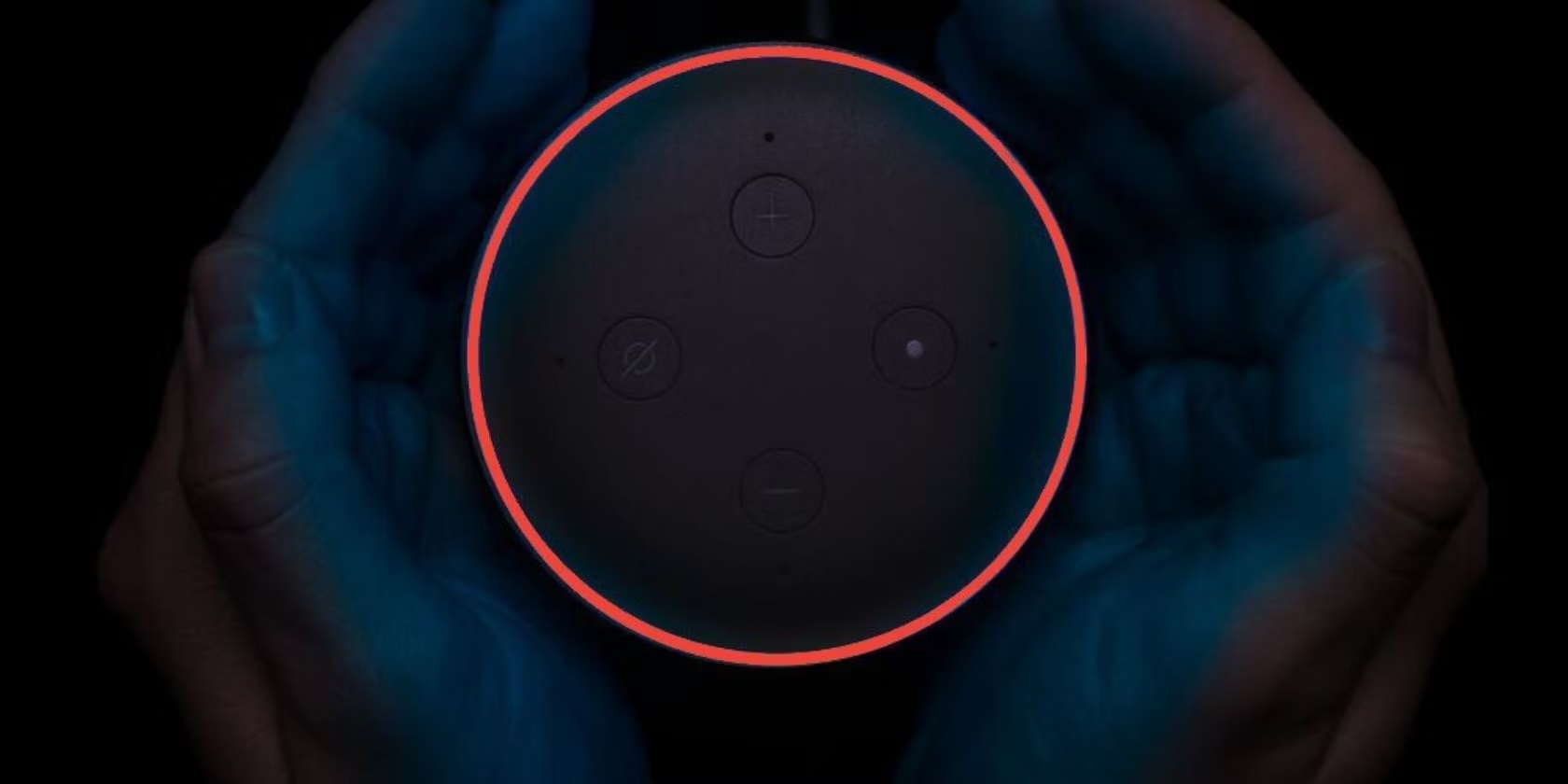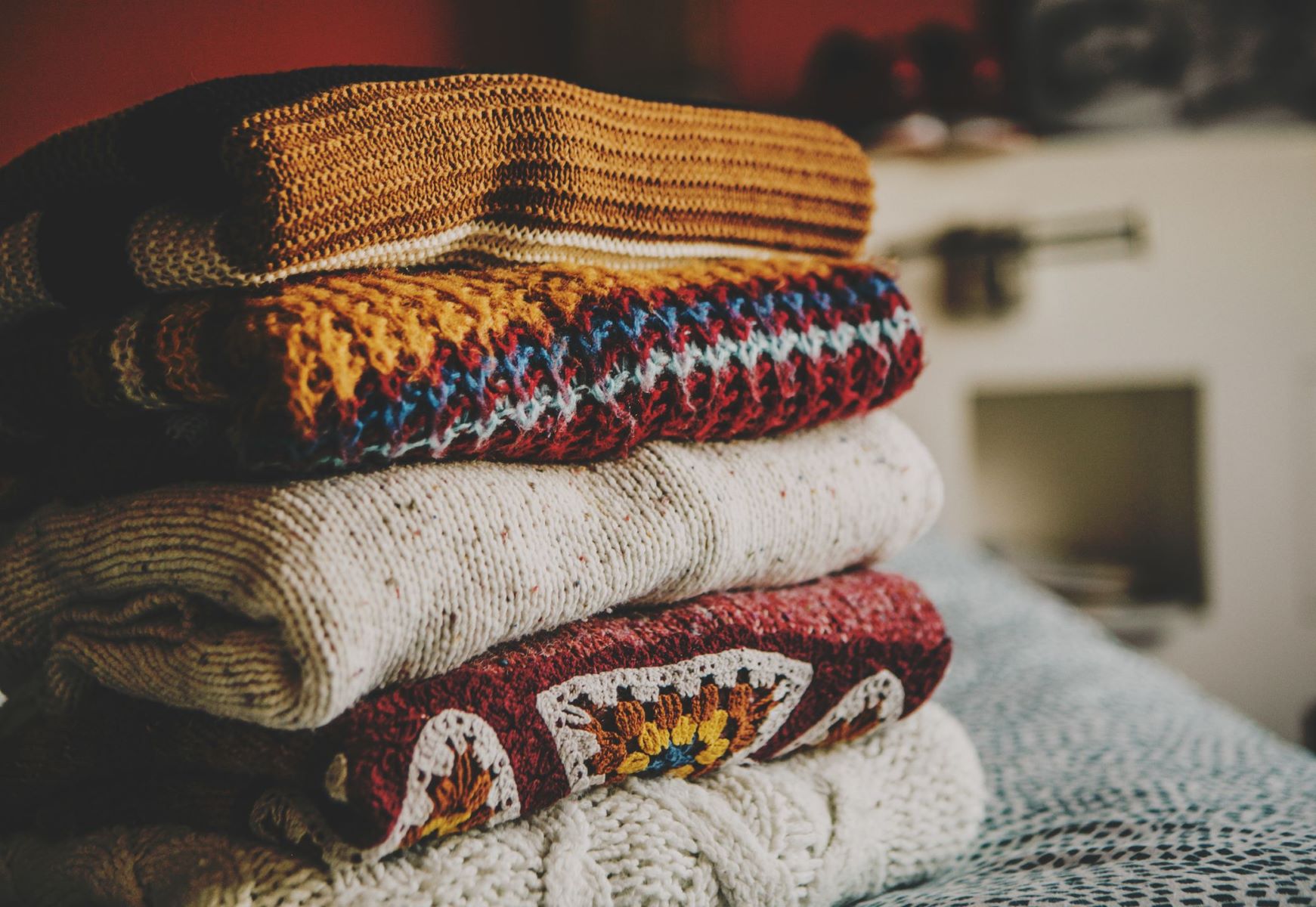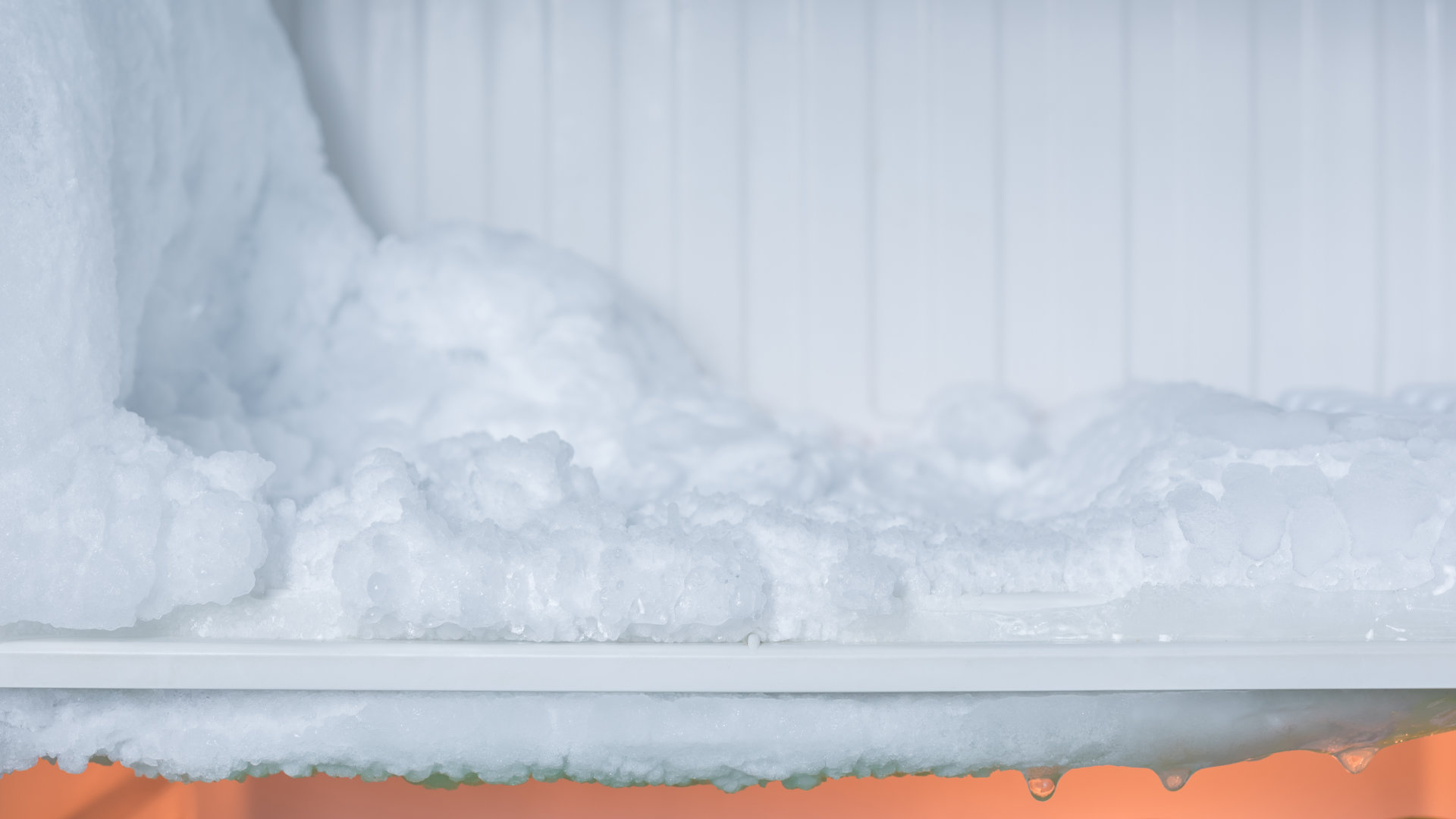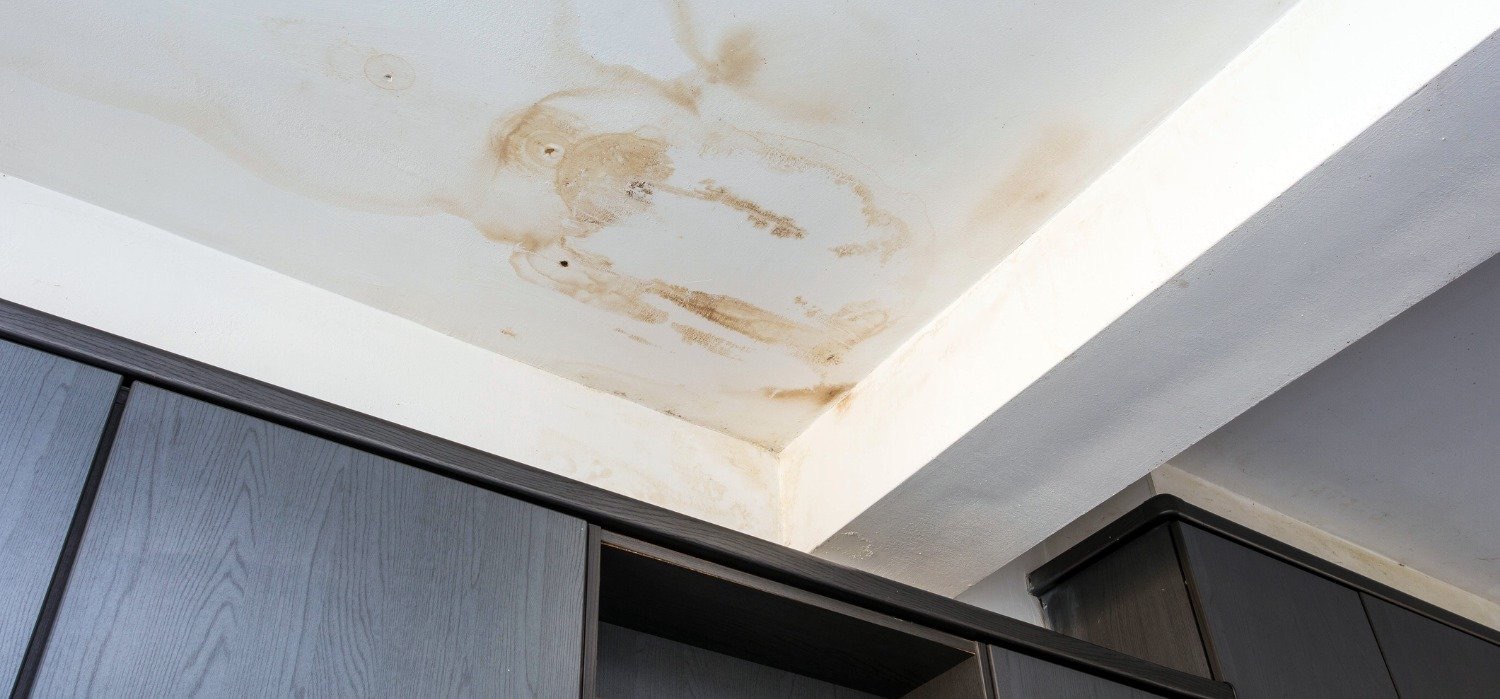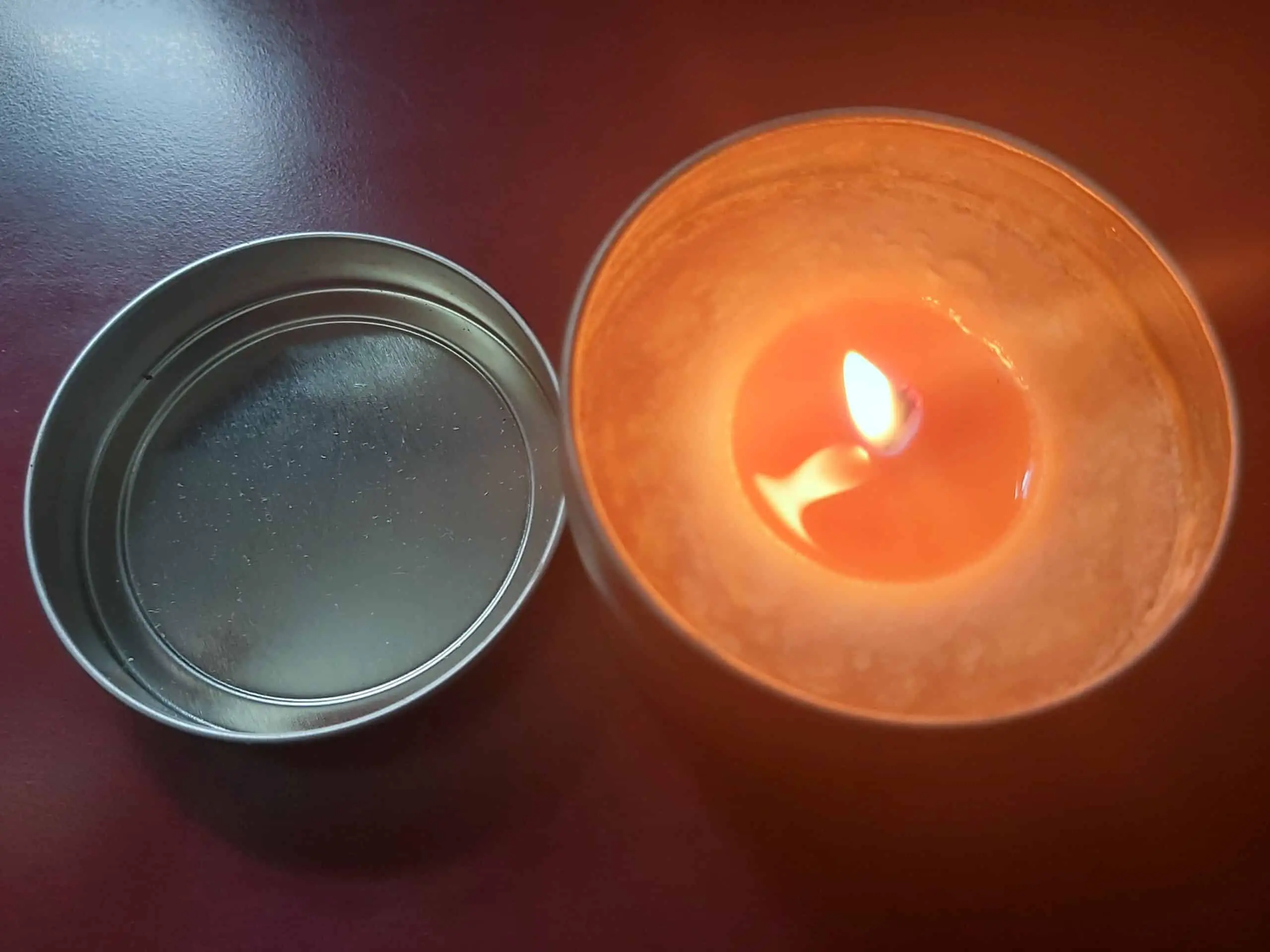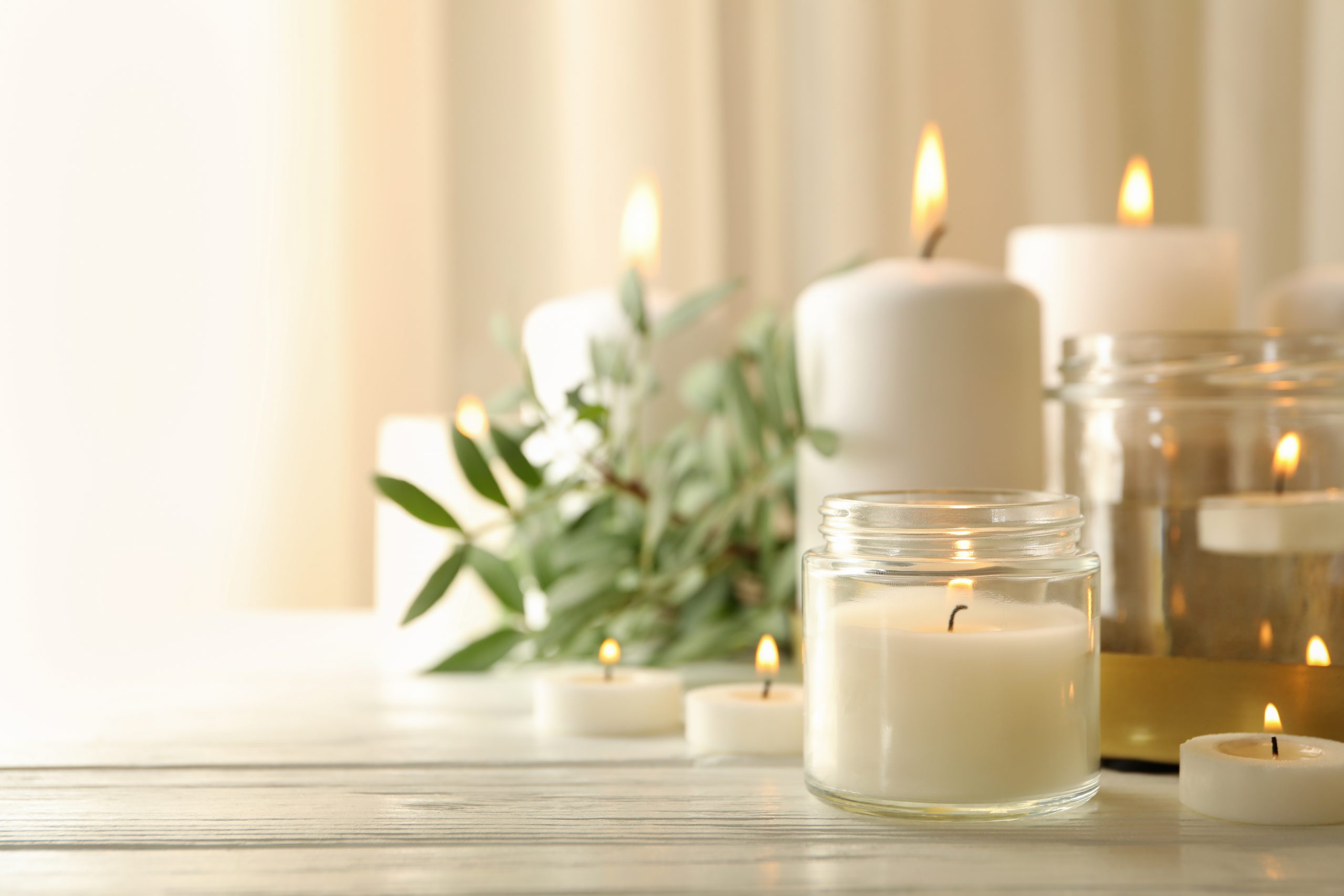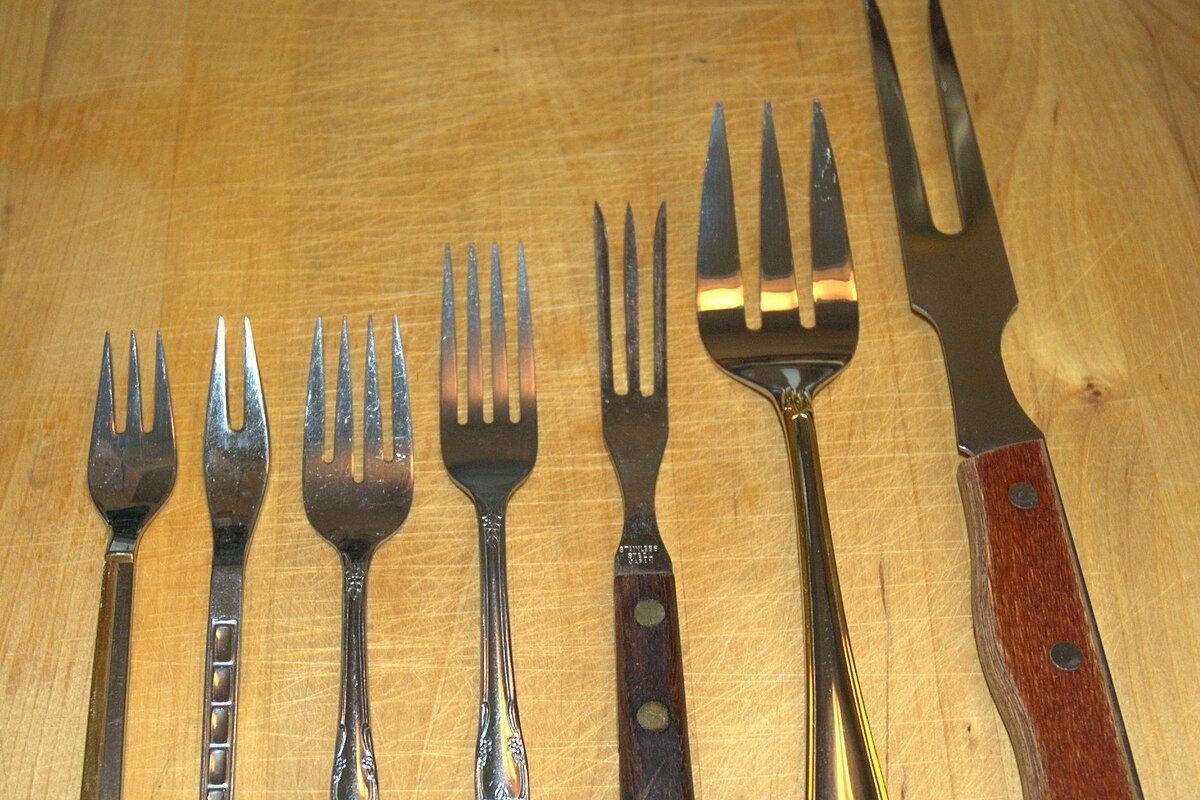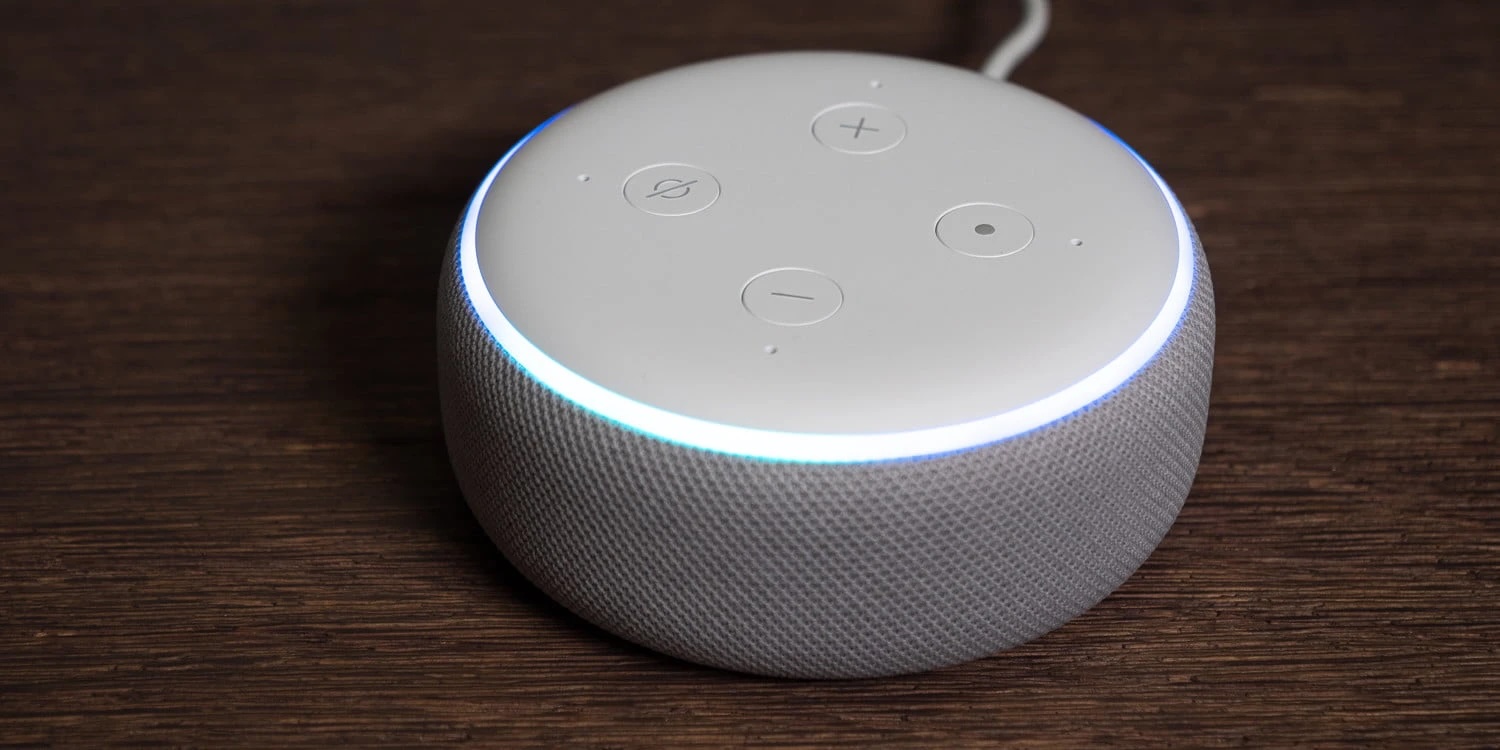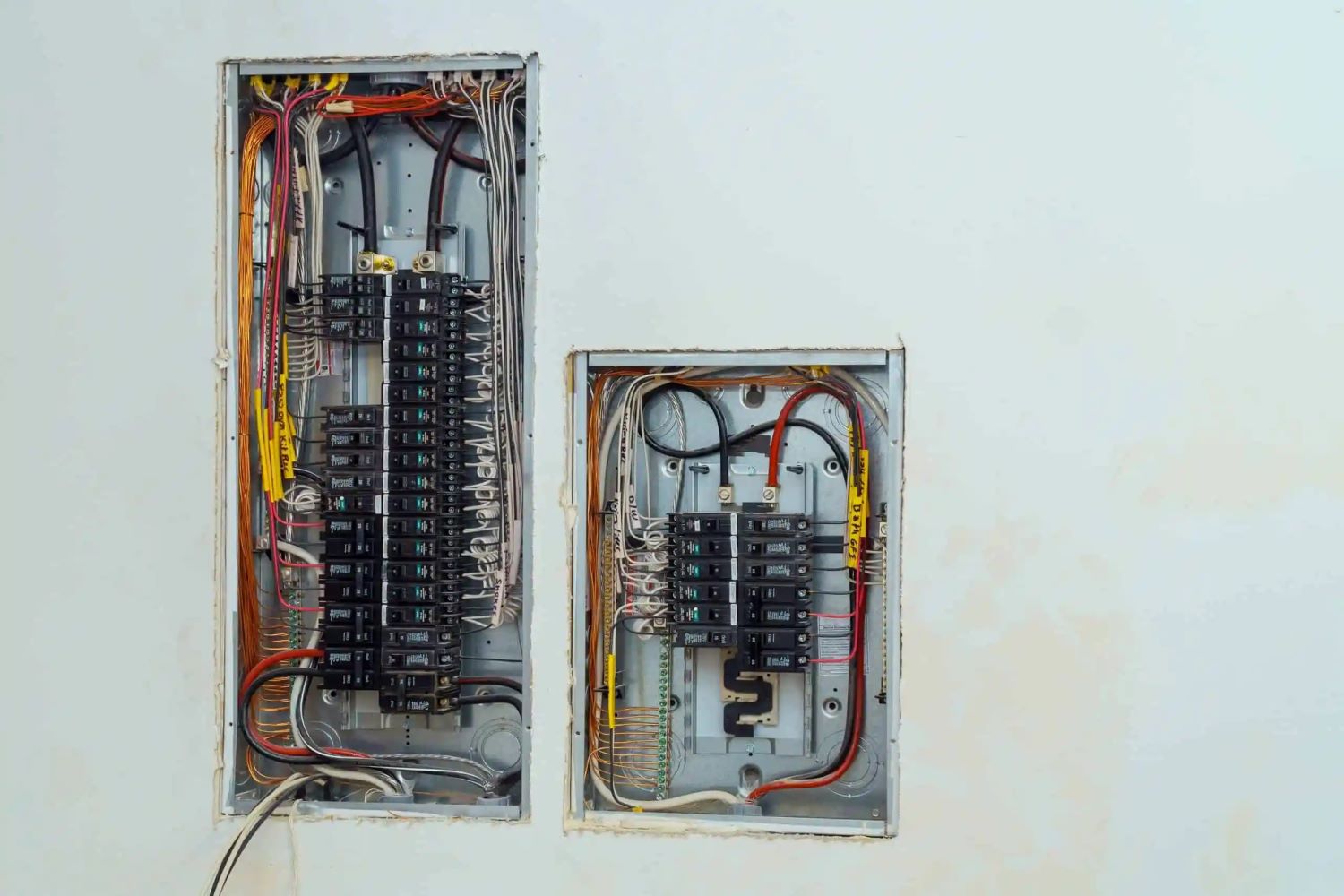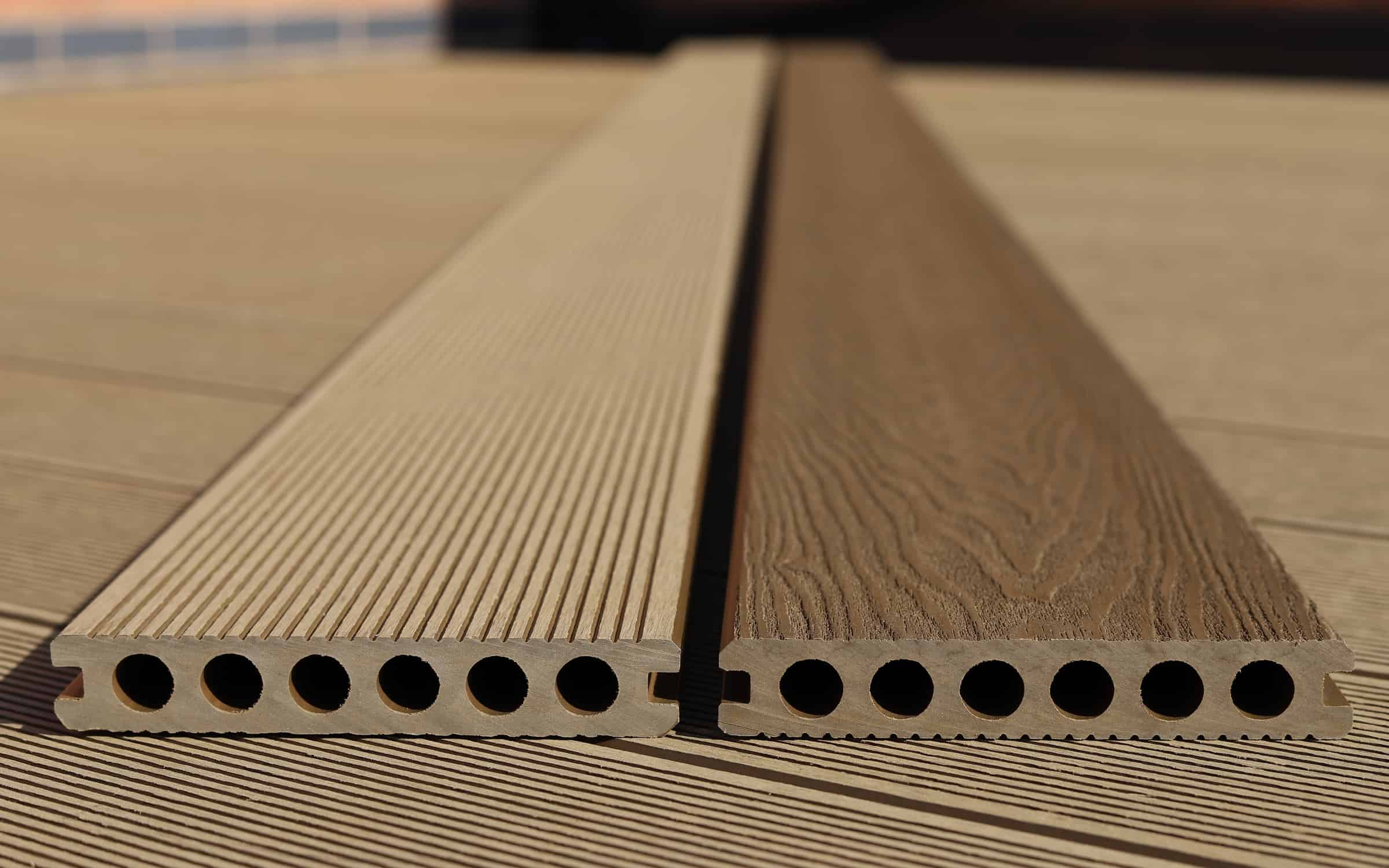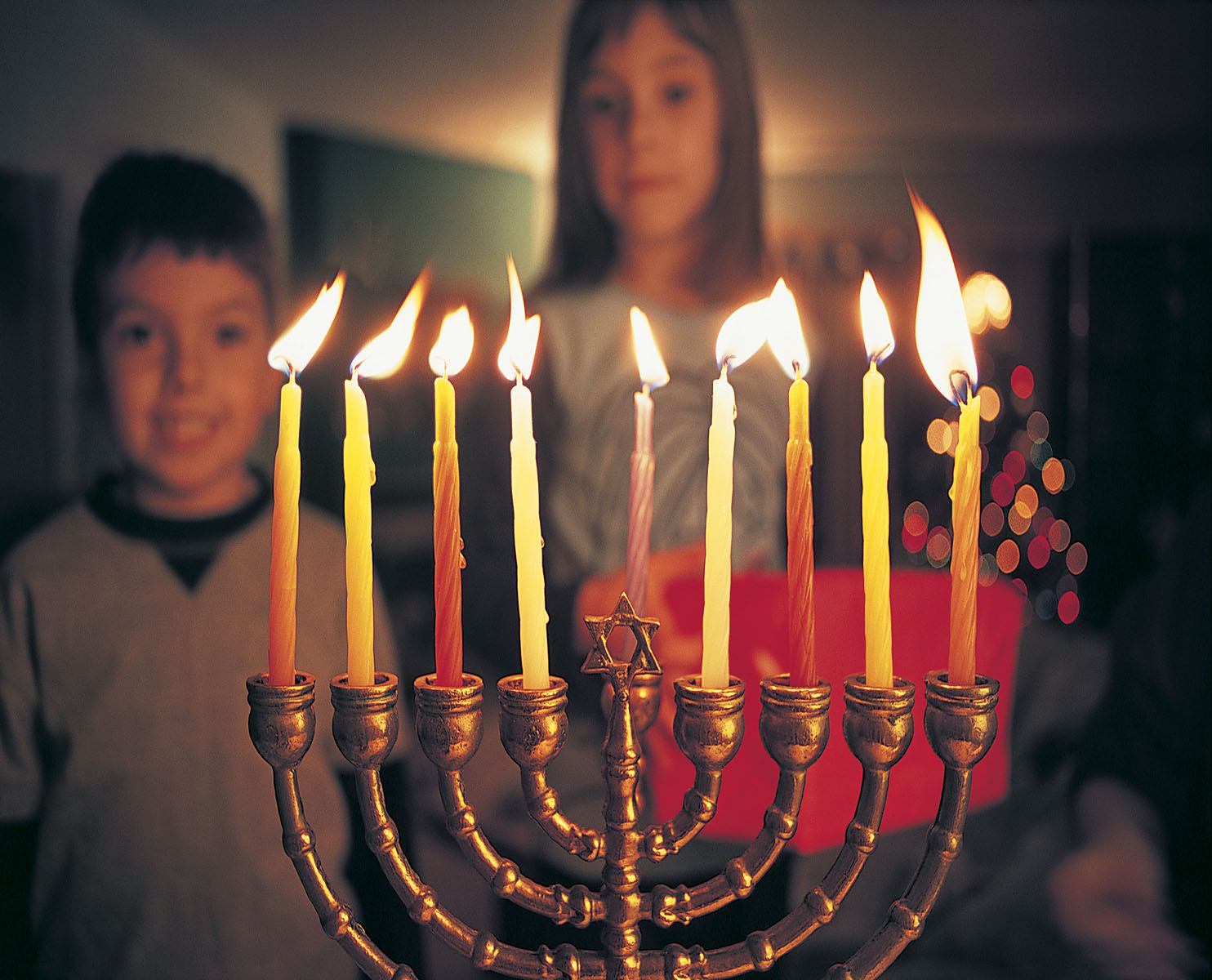

Articles
Why Does A Menorah Have 9 Candles
Modified: February 28, 2024
Discover the significance of the 9 candles on a menorah in this insightful articles. Explore the rich history and cultural traditions behind this ancient Jewish symbol.
(Many of the links in this article redirect to a specific reviewed product. Your purchase of these products through affiliate links helps to generate commission for Storables.com, at no extra cost. Learn more)
Introduction
The menorah is an iconic symbol in Judaism that holds significant cultural and religious importance. It is a seven-branched candelabrum that has been used for centuries to represent the Jewish faith. However, during the festival of Hanukkah, a different kind of menorah, known as the Hanukkah menorah or Hanukkiah, is used, which features nine candles instead of seven.
In this article, we will explore the historical origins of the menorah, the significance of the nine candles in a Hanukkah menorah, the symbolism of the shamash candle, the connection to the Hanukkah story, the differences between the menorah and the Hanukkah menorah, as well as its contemporary use and meaning.
Join us on this fascinating journey to delve into the rich history and symbolism behind the menorah!
Key Takeaways:
- The Hanukkah menorah’s nine candles symbolize the miracle of the oil lasting 8 days, representing faith, hope, and the victory of light over darkness. The shamash candle embodies service, humility, and spreading light to others.
- The menorah and Hanukkah menorah differ in design, historical context, and lighting rituals, each carrying unique symbolism and significance. Both serve as powerful emblems of Jewish identity, resilience, and enduring values.
Read more: How Many Candles On A Menorah?
Historical Origins of the Menorah
The menorah has its roots in ancient Jewish history and holds deep religious significance. Its origins can be traced back to the time of the Israelites, specifically during the construction of the Tabernacle, a portable sanctuary that housed the Ark of the Covenant.
According to the biblical account found in the book of Exodus, God commanded Moses to construct a golden lampstand with seven branches, which became the first menorah. The menorah was made of pure gold and was an integral part of the daily rituals performed in the Tabernacle and later in the Temple in Jerusalem.
The menorah symbolized divine light and wisdom, representing the presence of God among His people. Its seven branches were designed in such a way that each held a cup filled with pure olive oil, which was lit to create light in the sacred space.
The menorah played a vital role in the religious rituals and worship practices of the ancient Israelites. It stood as a powerful symbol of faith, enlightenment, and the covenant relationship between God and His chosen people.
However, following the destruction of the Second Temple in 70 CE, the original menorah was lost. Despite this loss, the menorah’s memory and symbolism endured in Jewish culture and traditions.
Throughout history, the menorah has been depicted in various forms of Jewish art, including ancient coins, archaeological artifacts, and synagogue decorations. It has become a potent symbol of Jewish identity, resilience, and the enduring light of hope.
The Significance of Nine Candles
While the traditional menorah features seven branches, the Hanukkah menorah, known as the Hanukkiah, has nine candles. This variation in the number of candles holds great significance in the celebration of Hanukkah, also known as the Festival of Lights.
During Hanukkah, it is customary to light one candle each night for a total of eight nights. The Hanukkiah has an extra ninth candle, known as the shamash, which is used to kindle the other candles.
The addition of the ninth candle represents the miracle that occurred during the rededication of the Second Temple in Jerusalem. According to the Hanukkah story, when the Maccabees regained control of the Temple, they found only enough holy oil to keep the menorah burning for one day. However, miraculously, the oil lasted for eight full days until new oil could be prepared.
Each night during Hanukkah, an additional candle is lit, starting with one on the first night and reaching a total of eight by the end of the festival. The shamash, which is typically placed in the center or slightly higher than the other candles, is used to light the other candles and hold the responsibility of transferring its flame to the rest. This symbolizes spreading the light and the importance of sharing the miracle with others.
The nine candles of the Hanukkah menorah are a powerful representation of faith, perseverance, and the divine intervention that allowed the Jewish people to overcome adversity during the time of the Maccabees.
Furthermore, the act of lighting the candles carries symbolic meaning. As each new candle is lit, it serves as a reminder to embrace hope, joy, and the victory of light over darkness. The increasing glow of the Hanukkah menorah reflects the growing miracle and serves as a reminder of the miracles that can occur in our own lives.
In essence, the nine candles of the Hanukkah menorah commemorate the miracle of the oil that lasted for eight days and signify the power of faith, hope, and the celebration of miracles in the face of adversity.
Symbolism of the Shamash Candle
The shamash candle is an essential part of the Hanukkah menorah, representing a distinct symbol and playing a crucial role in the celebration of Hanukkah. The name “shamash” comes from the Hebrew word for “servant” or “helper,” highlighting its specific purpose within the menorah.
The shamash candle holds a unique position in the Hanukkah menorah, typically placed higher or in the center compared to the other candles. Its role is to kindle the other eight candles, which represent the eight nights of Hanukkah. The shamash candle is lit first, and then it is used to light each subsequent candle.
This act of using the shamash to ignite the other candles symbolizes the importance of sharing and spreading light. It serves as a reminder that we have an obligation to share the miracle of Hanukkah and its message of hope and resilience with others.
The shamash candle also carries an added symbolism of humility and selflessness. By taking on the role of a helper, it represents the idea that true leadership involves serving others. This message resonates deeply within the Hanukkah story, where the Maccabees fought not for power or personal gain, but to preserve their faith and protect their traditions.
Additionally, the placement of the shamash candle above or at a higher position than the other candles signifies its role as a guiding light. It serves as a beacon of hope, leading the way for the other candles to be kindled. This symbolism aligns with the overarching theme of Hanukkah, which is the victory of light over darkness.
The presence of the shamash candle is a reminder to cultivate a sense of unity and community during the holiday season. It encourages us to come together and support one another, especially in times of adversity. The shamash exemplifies the importance of lending a helping hand and promoting acts of kindness and compassion.
Overall, the symbolism of the shamash candle in the Hanukkah menorah represents service, humility, guidance, and the essential role of spreading light. It serves as a powerful reminder of the values and principles that are central to the celebration of Hanukkah.
The ninth candle on a menorah, called the “shamash,” is used to light the other candles and represents the idea of spreading light and illumination.
Connection to the Hanukkah Story
The Hanukkah menorah holds a significant connection to the age-old story of Hanukkah, which commemorates the rededication of the Second Temple in Jerusalem during the Maccabean revolt against the Seleucid Empire.
The revolt was led by a group of Jewish fighters known as the Maccabees, who sought to restore religious freedom and reclaim the desecrated Temple. According to historical accounts and Jewish tradition, after reclaiming the Temple, the Maccabees wanted to relight the menorah, but only found a tiny amount of pure olive oil that would last for just one day.
Despite the apparent shortage, they decided to light the menorah with the limited oil and witnessed a divine miracle. The oil, which was expected to last only a day, miraculously burned for eight consecutive days until new oil could be prepared. This event became known as the miracle of Hanukkah.
The Hanukkah menorah, with its nine candles, serves as a tangible representation of this miracle. Each night of Hanukkah, one additional candle is lit, symbolizing the progression and continuation of the miracle. The shamash candle, representing the servant, is responsible for kindling the other candles, further embodying the spirit of the miracle and the act of sharing the light with others.
The lighting of the Hanukkah menorah serves as a powerful and visible reminder of the courage and determination of the Maccabees. It symbolizes the triumph of the Jewish people in preserving their faith, traditions, and freedom in the face of adversity.
Moreover, the significance of the Hanukkah story extends beyond the military victory and the miracle of the oil. It highlights the enduring power of hope, resilience, and the divine presence in the lives of individuals and communities. The menorah serves as a constant reminder of these themes, inspiring those who celebrate Hanukkah to persevere, remain steadfast in their beliefs, and bring light into the world even during times of darkness.
As families gather each evening of Hanukkah to light the candles, recite blessings, and sing festive songs, the connection to the Hanukkah story becomes even more poignant. Through this ritual, generations pass down the story of the Maccabees, ensuring that their bravery and the miraculous events that unfolded are never forgotten.
The Hanukkah menorah serves as a tangible link to the story of Hanukkah, connecting the present-day celebration with its historical roots and allowing individuals and communities to rekindle the spirit of freedom, dedication, and the eternal light that continues to burn brightly.
Read more: What Do The Candles On The Menorah Symbolize
Differences between the Menorah and Hanukkah Menorah
While both the menorah and the Hanukkah menorah share a similar visual design of multiple branches with candles, there are key differences between the two that relate to their historical origins and the specific rituals they are associated with.
The Menorah:
- The menorah, also known as the Temple menorah or the Seven-Branch Menorah, has seven branches. It was originally used in the Tabernacle and later in the Temple in Jerusalem during daily rituals and worship practices.
- The seven branches of the menorah symbolize the seven days of creation and represent divine light and wisdom.
- The menorah is made of pure gold and is adorned with intricate designs, including almond-shaped cups for the candles and decorative elements of flowers and branches.
- The menorah has its roots in ancient Jewish history and is associated with the presence of God among the Israelites.
The Hanukkah Menorah:
- The Hanukkah menorah, also known as the Hanukkiah or the Chanukiyah, has a total of nine branches, with eight main branches and a ninth, separate candle known as the shamash.
- The eight branches represent the eight nights of Hanukkah, while the shamash serves as the helper candle used to kindle the other candles.
- The Hanukkah menorah is associated specifically with the festival of Hanukkah, which commemorates the rededication of the Second Temple and the miracle of the oil.
- The Hanukkah menorah is often made of various materials, such as metal, silver, or ceramic, and can feature a wide range of designs and decorations.
Another key difference between the menorah and the Hanukkah menorah is the lighting ritual. While the menorah is traditionally lit daily throughout the year, the Hanukkah menorah is specifically lit during the eight nights of Hanukkah. Each night, an additional candle is lit using the shamash candle, progressing from one candle on the first night to all eight by the eighth night of Hanukkah.
These differences in design, historical context, and lighting rituals distinguish the menorah and the Hanukkah menorah, emphasizing their unique roles and symbolism within Jewish culture and religious practice.
Contemporary Use and Meaning of the Menorah
The menorah continues to hold immense cultural, religious, and symbolic significance in contemporary Jewish practice. While its historical usage in the Temple may no longer exist, the menorah remains a potent symbol that is embraced and cherished by Jewish communities around the world.
In contemporary Jewish households, the menorah is commonly displayed and lit during festive occasions and special holidays. It serves as a reminder of the historical and religious significance associated with the original menorah and the miracles it represents.
During Hanukkah, the lighting of the Hanukkah menorah takes center stage. Families gather each night of the festival to recite blessings and light the candles, typically starting with the shamash candle and progressing through each night until all eight candles are illuminated.
As the candles are lit, Jewish families and individuals reflect on the themes of the holiday, such as faith, perseverance, and the triumph of light over darkness. It is a time of joyous celebration and a reminder of the miracles that can occur in our own lives, both big and small.
Beyond Hanukkah, the menorah represents the everlasting light of Jewish heritage and the enduring values it embodies. It serves as a visual testament to the faith and dedication of the Jewish people throughout history, acting as a beacon of hope and inspiration.
Moreover, the menorah has expanded beyond its religious context and has become a recognized symbol of Jewish identity and unity. It can be found in various forms of Jewish art, jewelry, and decorations, serving as a proud expression of Jewish heritage and culture.
In public spaces, the menorah is often displayed during Hanukkah as a testament to religious freedom and diversity. It stands as a visible reminder of the Jewish community’s presence and serves as a catalyst for interfaith dialogue and understanding.
The contemporary use and meaning of the menorah extend beyond religious observance. It is a symbol that unites Jewish communities around the world, connecting individuals across generations and serving as a tangible link to Jewish history, traditions, and values.
Whether it is displayed in homes, synagogues, or public spaces, the menorah continues to serve as a powerful emblem of Jewish identity, resilience, and the eternal light that guides and inspires Jewish people in their daily lives.
Conclusion
The menorah, with its rich historical origins and symbolic significance, holds a cherished place in Jewish culture and religious practice. From the traditional seven-branched menorah to the Hanukkah menorah with its nine candles, each iteration carries a unique meaning and serves a particular purpose.
The menorah represents divine light, wisdom, and the presence of God among His people. It serves as a powerful reminder of the ancient Israelites’ connection to their faith and heritage. The Hanukkah menorah commemorates the miraculous events of the rededication of the Second Temple and the lasting oil that burned for eight days.
The symbolism of the menorah is multi-faceted, reflecting themes of hope, resilience, unity, and the triumph of light over darkness. It serves as both a spiritual symbol and a tangible reminder of the enduring values that guide the Jewish community.
Throughout the centuries, the menorah has remained a beacon of religious identity and cultural pride. Its contemporary use continues to illuminate Jewish homes, synagogues, and public spaces during festivals and special occasions, fostering a sense of tradition, unity, and connection among Jewish individuals and communities worldwide.
As we gather around the menorah during Hanukkah, we are reminded of the power of faith, the miracles that can occur in our lives, and the importance of sharing the light with others. The menorah serves as a reminder to come together, to persevere in the face of adversity, and to embrace the values of hope, resilience, and acceptance.
In a world often marked by darkness and division, the menorah serves as a timeless symbol of hope and a call to kindle the light within ourselves and extend it to others. It serves as a reminder that, like the flames of the candles, the light of unity and understanding can spread and illuminate the world.
As we embrace the significance of the menorah, let us be inspired by its symbolism and lessons. Let us strive to bring light, warmth, and compassion into our lives and the lives of those around us. And let the menorah continue to shine brightly as a symbol of faith, tradition, and the enduring spirit of the Jewish people.
Frequently Asked Questions about Why Does A Menorah Have 9 Candles
Was this page helpful?
At Storables.com, we guarantee accurate and reliable information. Our content, validated by Expert Board Contributors, is crafted following stringent Editorial Policies. We're committed to providing you with well-researched, expert-backed insights for all your informational needs.
